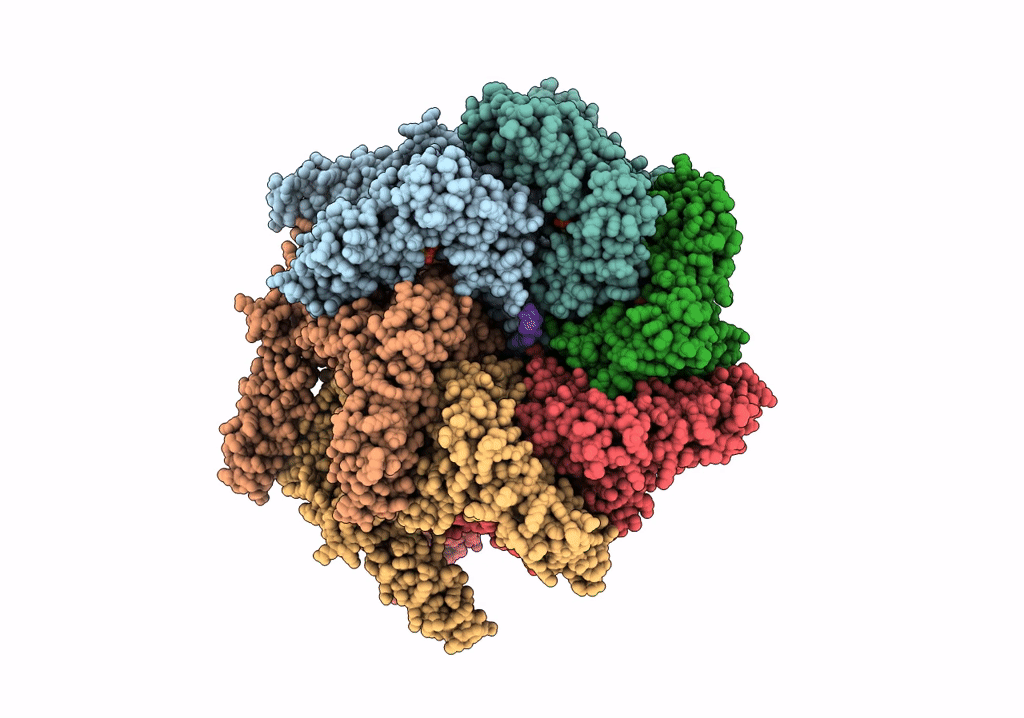
Deposition Date
2017-05-24
Release Date
2017-07-19
Last Version Date
2024-03-13
Entry Detail
PDB ID:
5VY9
Keywords:
Title:
S. cerevisiae Hsp104:casein complex, Middle Domain Conformation
Biological Source:
Source Organism:
Saccharomyces cerevisiae (strain ATCC 204508 / S288c) (Taxon ID: 559292)
Bos taurus (Taxon ID: 9913)
Bos taurus (Taxon ID: 9913)
Host Organism:
Method Details:
Experimental Method:
Resolution:
6.70 Å
Aggregation State:
PARTICLE
Reconstruction Method:
SINGLE PARTICLE


